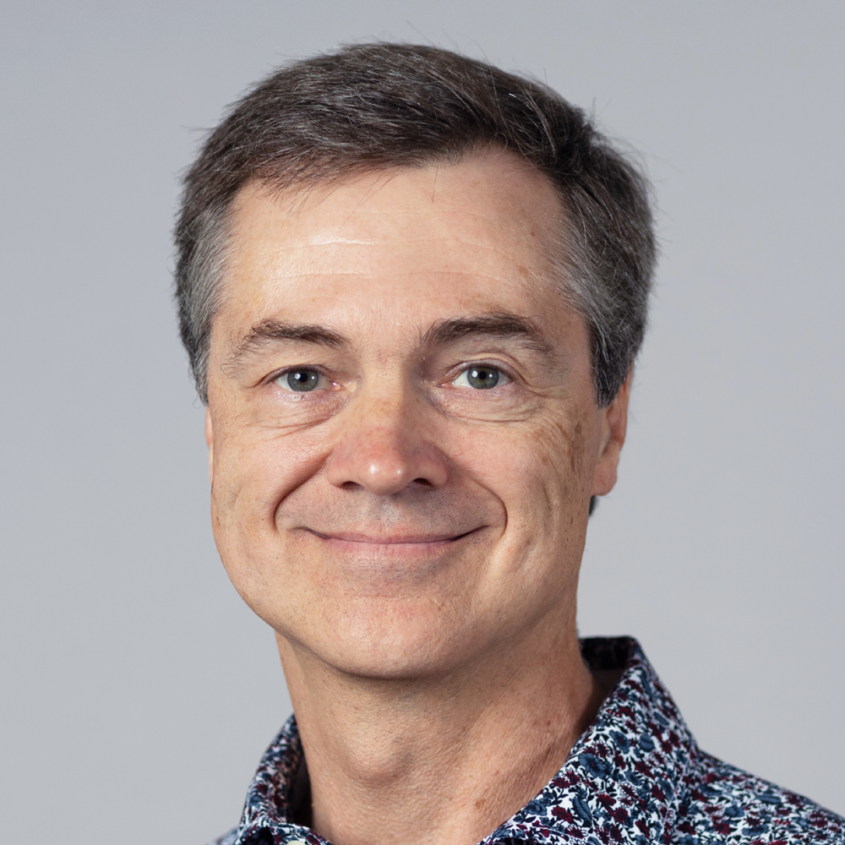New faculty profile: Dr. Todd Olmstead
The Cornell University College of Veterinary Medicine (CVM) has recently welcomed many new faculty members to our academic departments, each one bringing a unique set of skills and experience that enriches our college every day. In this Q&A series, you'll get to know their interests, expertise and more.
Dr. Todd Olmstead, associate professor, Department of Public and Ecosystem Health
Q: What has been your path leading up to Cornell?
I feel fortunate to have worn several different hats during my professional life, including operations researcher, management consultant, and academic. Each profession taught me a great deal about the world and about myself. Once I figured out that I love to discover, learn and teach, I finally settled down into academia.
Q: What drew you to CVM?
The Department of Public & Ecosystem Health is a great fit for my research and teaching interests.
Q: What is your academic area of expertise?
I am a health economist. After others have answered the question “Does it work?” in the affirmative, I then try to answer the question “Is it worth it?” (efficiency) along with “Who wins, who loses, and by how much?” (equity).
Q: What drew you into this area?
When I decided that management consulting was not my cup of tea, I took a position as a research scientist within Yale’s School of Public Health. The job entailed conducting a cost-effective analysis of an intervention designed to help individuals experiencing substance use disorder. At the time, I knew nothing about illicit drugs and had never conducted an economic evaluation (I had written my dissertation about highway safety), so this was quite a learning curve for me. And it was fascinating! I did not expect to continue beyond the initial two-year appointment, but one thing led to another, and I’m still conducting economic evaluations of healthcare programs more than twenty years later.
Q: What about your professional work are you most proud of?
My favorite project involved estimating the price elasticities of demand for illicit drugs among individuals who use heroin regularly. We used two methods – one method simply asked study participants how they would change their purchasing behavior as the prices of illicit drugs changed (stated preference), and the other method tracked what the same participants actually paid for illicit drugs over time (revealed preference). I did the study to put the nail in the coffin of the stated preference method (I thought it was a terrible method in this context). After more than two years of data collection, cleaning, and analysis, I nearly fell off my chair when the two methods gave identical results! This work was later used by the Council of Economic Advisors in their annual Economic Report of the President; it is always gratifying when your work is used to inform policy makers on important issues.
Q: What work are you most excited about?
The most exciting parts of my research are at the beginning (brainstorming various research designs to answer the question at hand) and the end (discovery). The middle (data collection and cleaning) are important but not as much fun. The most exciting parts of my teaching are prepping a new course from scratch (designing the syllabus, designing each class session) and the day-to-day interactions with students in and out of the classroom.
Q: What impacts or applications do you hope to see your work have?
Most of my research focuses on comparative analysis of alternative courses of action in terms of both their costs and consequences. My hope is that this research will inform an efficient and equitable allocation of society’s scare healthcare resources. Most of my teaching focuses on quantitative methods (health economics, management science, statistics). My hope is that my students will leave my courses better able to both conduct their own research and understand the work done by others.
Q: What projects do you plan to explore next?
I have several ongoing grants that look at the costs and benefits of a variety of public health interventions designed to: reduce the incidence of falls and depression among homebound older adults, improve employment outcomes for persons living with HIV/AIDS, increase HIV testing among at-risk women, improve mental health outcomes among individuals experiencing acute psychiatric illness, improve treatment outcomes for individuals experiencing osteoarthritis, and reduce the incidence of police violence associated with 911 calls.
Q: What’s something most people don’t know about you?
I enjoy cycling and running. I don’t go as fast or as far as I used to, but I still have fun getting out there.
Q: What’s the best part of your job?
There are three best parts: discovering new things, learning from others and teaching. I feel fortunate to be able to do all three of my favorite things in the same job!
Q: What’s the most challenging part?
Finding and maintaining balance.
Q: What are the benefits of working at CVM? At Cornell?
From what I’ve observed and experienced thus far, CVM and Cornell are full of people (students, staff, faculty) who want to do both good and well. It is a privilege to work among them.





